The diagnosis is devastating and you look for anything that’s going to give you hope.


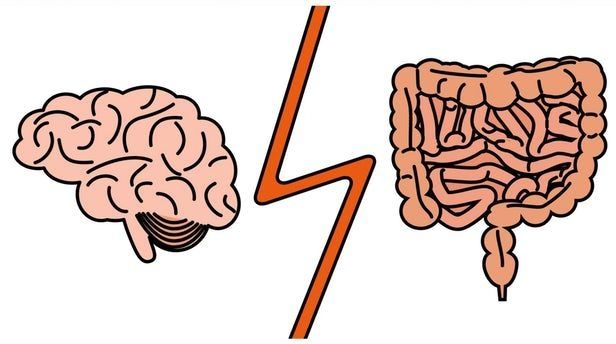
The connection between food and memory is one of those fundamentally human experiences we can all relate to. A compelling new study from the University of Southern California has revealed an intriguing explanation behind this phenomenon, and it illustrates how strongly the “second brain” in our gut communicates with our brain.
Inside our gastrointestinal tract lies a massive mesh of neurons often referred to as our “second brain.” While this neuronal control system primarily works to independently manage our digestive system, it also has been found to directly communicate with the brain via a long nerve, called the vagus nerve.
The vagus nerve has been found to mediate a great deal of metabolic communication between the gut and the brain. For example, one recent study revealed how feeding behavior, modulated by activity in the hippocampus, is directly activated by vagal nerve stimulation, mediated by signals from the gastrointestinal tract.
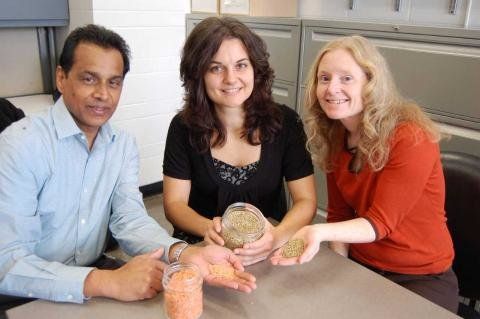
Replacing potatoes or rice with pulses can lower your blood glucose levels by more than 20 per cent, according to a first-ever University of Guelph study.
Prof. Alison Duncan, Department of Human Health and Nutritional Sciences, and Dan Ramdath of Agriculture and Agri-Food Canada, found that swapping out half of a portion of these starchy side dishes for lentils can significantly improve your body’s response to the carbohydrates.
Replacing half a serving of rice with lentils caused blood glucose to drop by up to 20 per cent. Replacing potatoes with lentils led to a 35-per-cent drop.
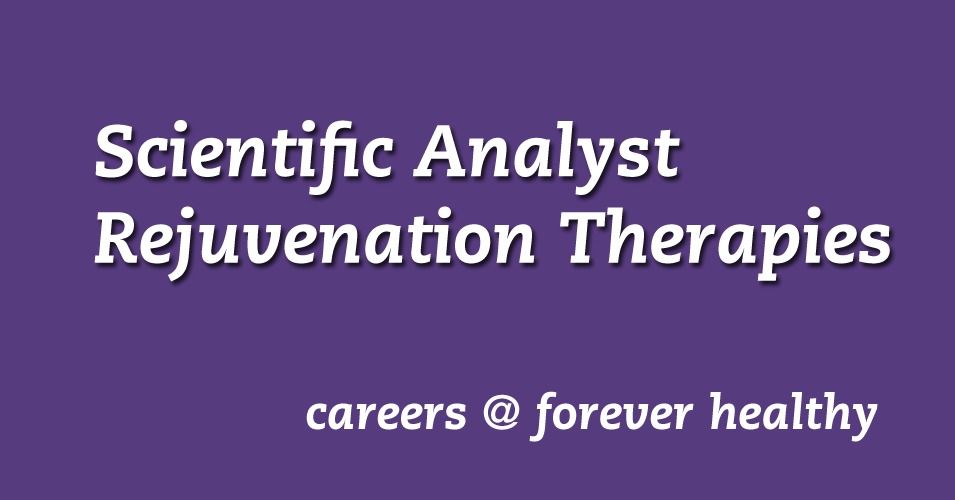
Really excited to announce our new initiative to make early-stage rejuvenation therapies more accessible.
Our mission is to enable people to vastly extend their healthy lifespan and be part of the first generation to cure aging.
We support the development of rejuvenation therapies that undo the damage of aging by funding basic research, bringing together the world’s leading scientists at our annual Undoing Aging conference and helping startups that work on actual therapies for human use.
In addition, we are developing our ‘Personal Longevity Strategy’ which harnesses the enormous wealth of the world’s cutting-edge medical knowledge to empower people to make informed decisions about extending their healthy lifespan right now.

We were interested to learn that Juvenescence Limited, a biotech and development company involved in the development of therapies that target the aging processes, has successfully raised $50 million in a series A financing round.
Jim Mellon, the chairman of Juvenescence Limited, said, “We are delighted with the progress we have made and the faith that investors have placed in us to build a world-class company, one that we hope will lead the field in longevity science for the benefit of humanity as well as yield superb returns for our shareholders. Our company ethos is to advance the science that will add years of healthy life to every human being, and that is exactly what we are executing on at record speed.”
Juvenescence has raised $63 million from various international investors since its creation in October 2016 and is now moving forward with a number of key projects. The company is comprised of a number of industry leaders in business as well as a solid scientific team led by Dr. Declan Doogan and Dr. Annalisa Jenkins.

Two recently published studies are raising new concerns that the breakthrough CRISPR-Cas9 gene editing system could potentially trigger an increased cancer risk in cells edited using the technique. With human trials using the gene-editing technique set to commence this year, the scientists behind these new studies urge researchers to be aware of this newly discovered and dangerous cancer-driving mechanism.
It has been less than a decade since the revolutionary CRISPR-Cas9 gene-editing technique was discovered, allowing scientists an unprecedented way to accurately edit DNA. For the most part, the technique has proved promising, safe and effective. Last year, a controversial study was published claiming the technique could introduce unintended, off-target mutations, but after a flurry of criticism attacking the veracity of the work it was ultimately retracted.
These two new studies raise entirely new concerns regarding the technique’s potential for triggering cancer in edited cells. One study comes from a collaboration between the University of Cambridge and the Karolinska Institutet, while the other is led by a team of researchers at pharmaceutical company Novartis.
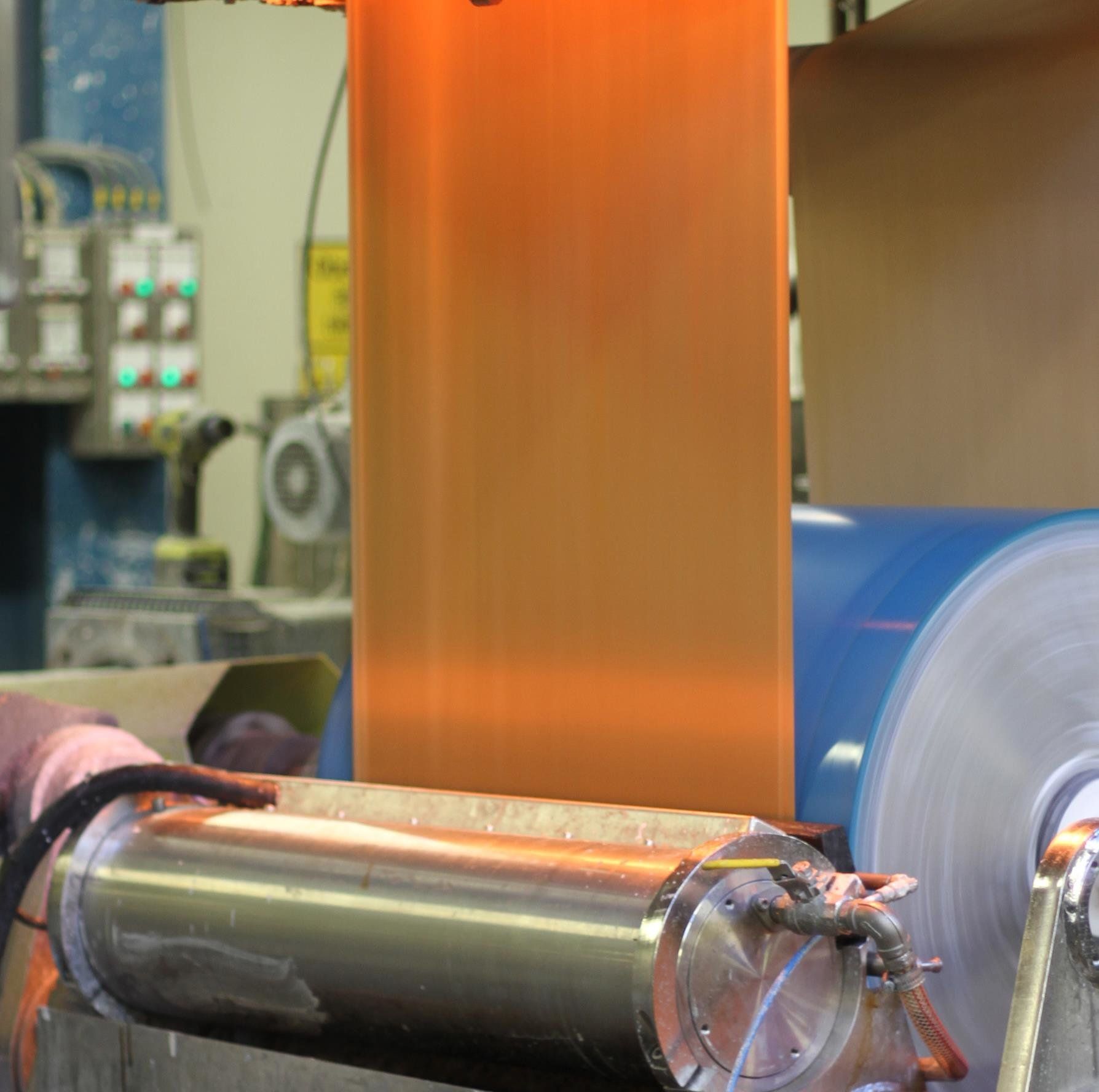
Eventually all petroleum-based material in food packaging will have to be replaced with bio-based material. Research done at Karlstad University shows that a mixture of starch and other polymers forms an equally effective protective barrier.
“Food packaging has to protect and extend the shelf life of food, and should also work during transport,” says Asif Javed, doctor in Chemical Engineering at Karlstad University. “To meet these demands, a protective barrier is needed in paper-based packing such as those used for juice or dairy.”
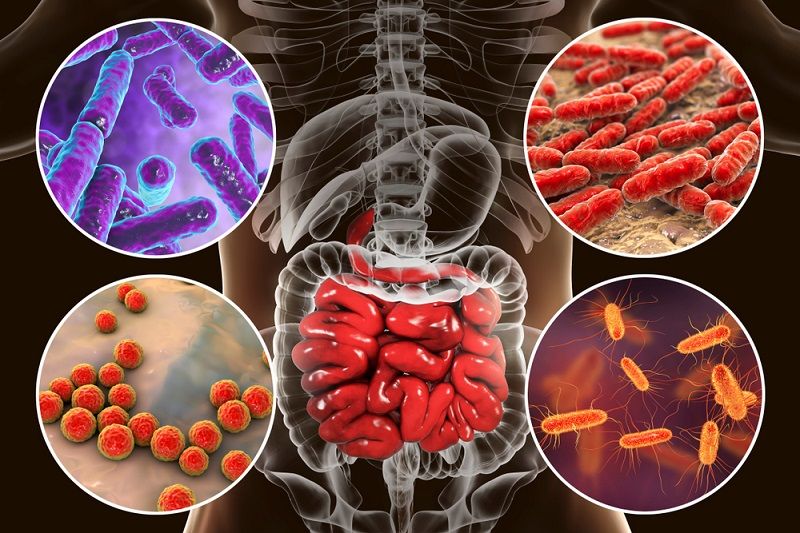
Today we are going to take a look at the emerging theory that inflammaging, a chronic, age-related background of inflammation, is caused by alterations to the populations of intestinal microbes.
What is inflammaging?
Inflammaging is a term coined to describe the chronic, smoldering background of inflammation that accompanies the aging process. It is constant, low-grade inflammation that interferes with stem cell mobility, cellular communication, and the immune system’s ability to operate correctly.


Because diabetics often have both nerve damage and poor circulation, they will often not notice when they receive skin wounds, which proceed to heal very slowly. Those wounds can thus become chronic, sometimes even leading to amputations. A new regenerative bandage, however, could help keep this from happening.
Led by Prof. Guillermo Ameer, a team from Illinois’ Northwestern University started with a protein known as laminin. Found in the skin and most of the body’s other tissues, it communicates with cells, prompting them to differentiate, migrate and adhere to one another.
The scientists were able to identify a specific segment of the protein, which plays a key role in the wound-healing process. That segment is made up of just 12 amino acids (the building blocks of proteins), and it’s called A5G81. Because A5G81 is so much smaller and simpler than the entire laminin protein, it’s much cheaper and easier to synthesize in the lab.